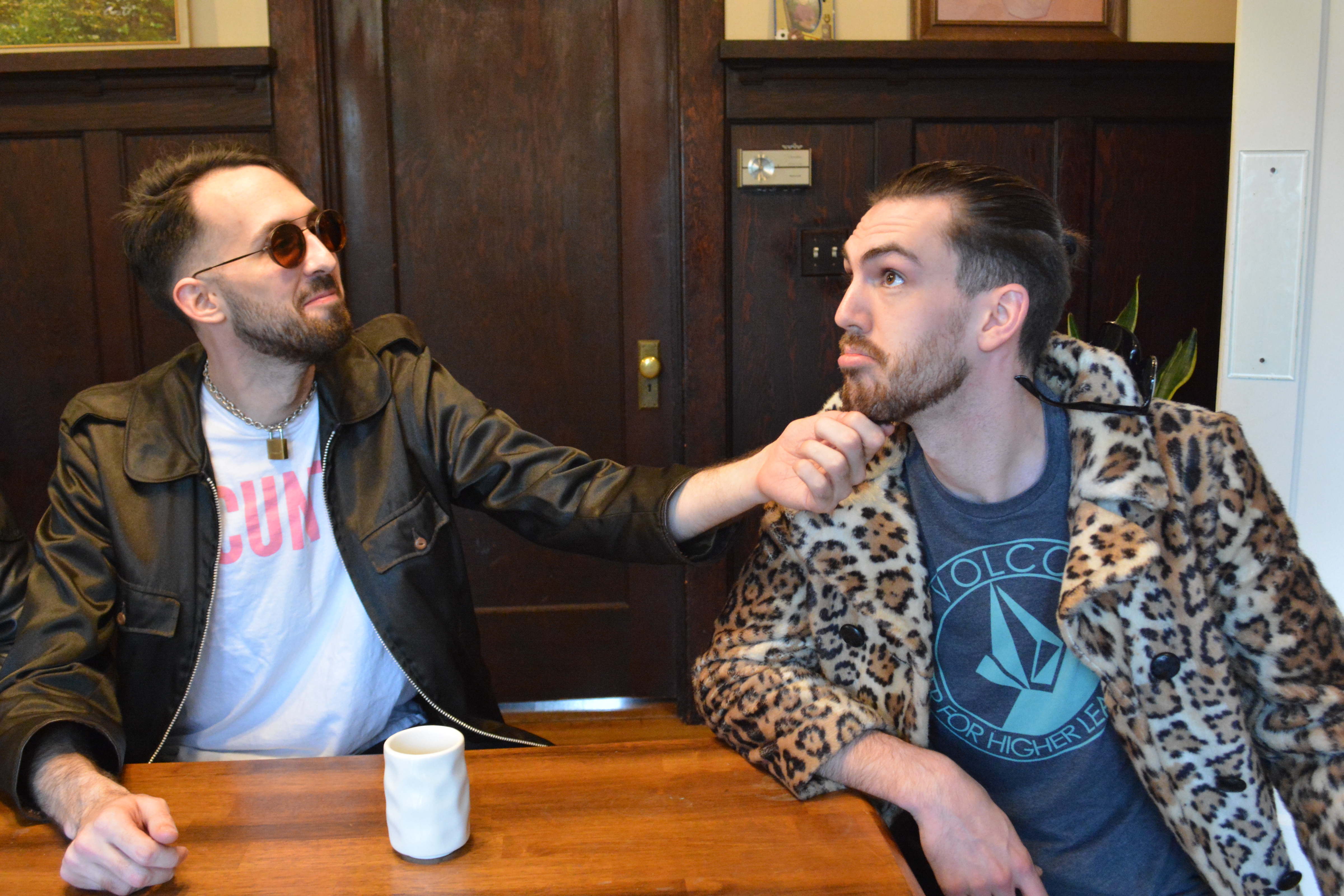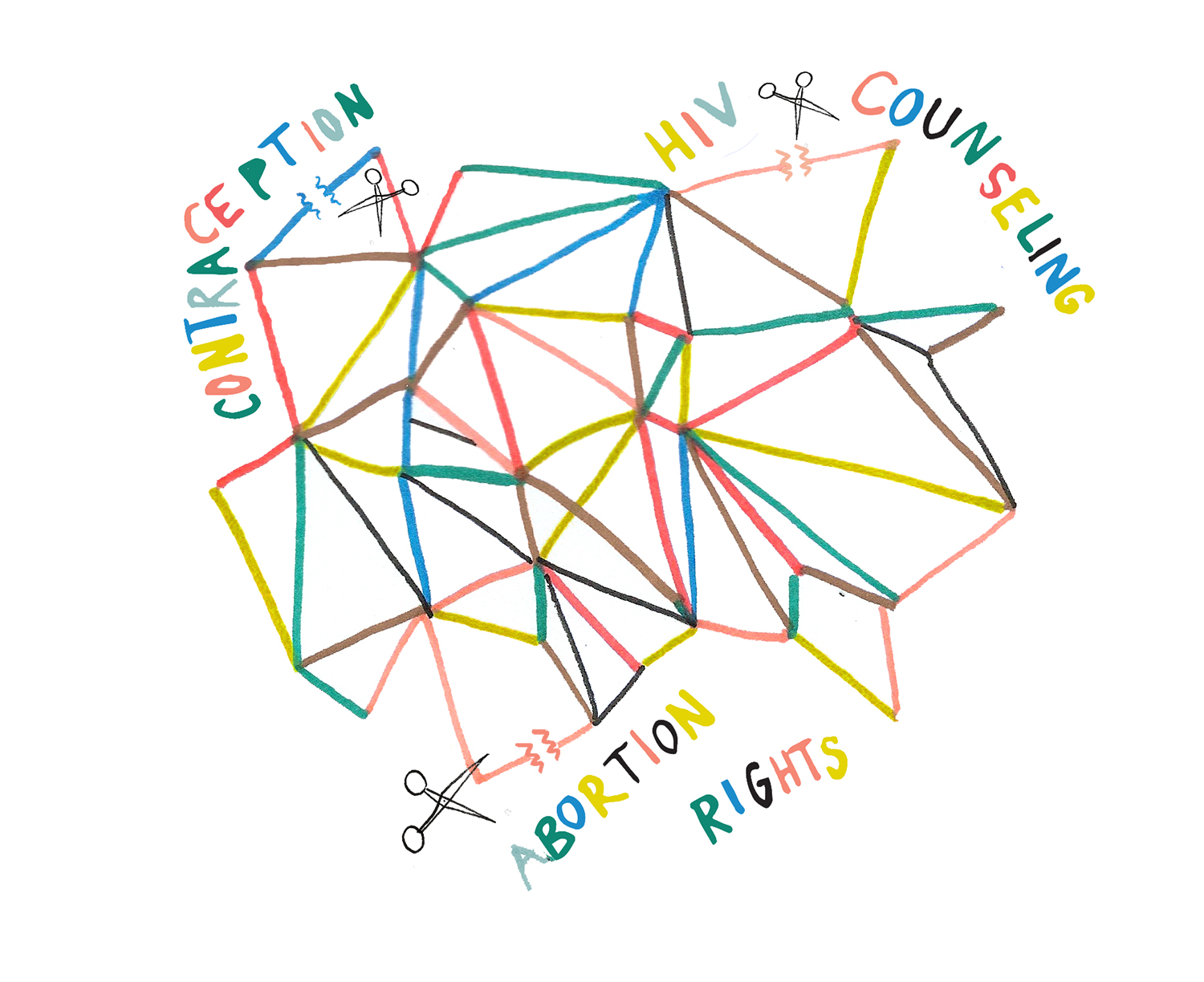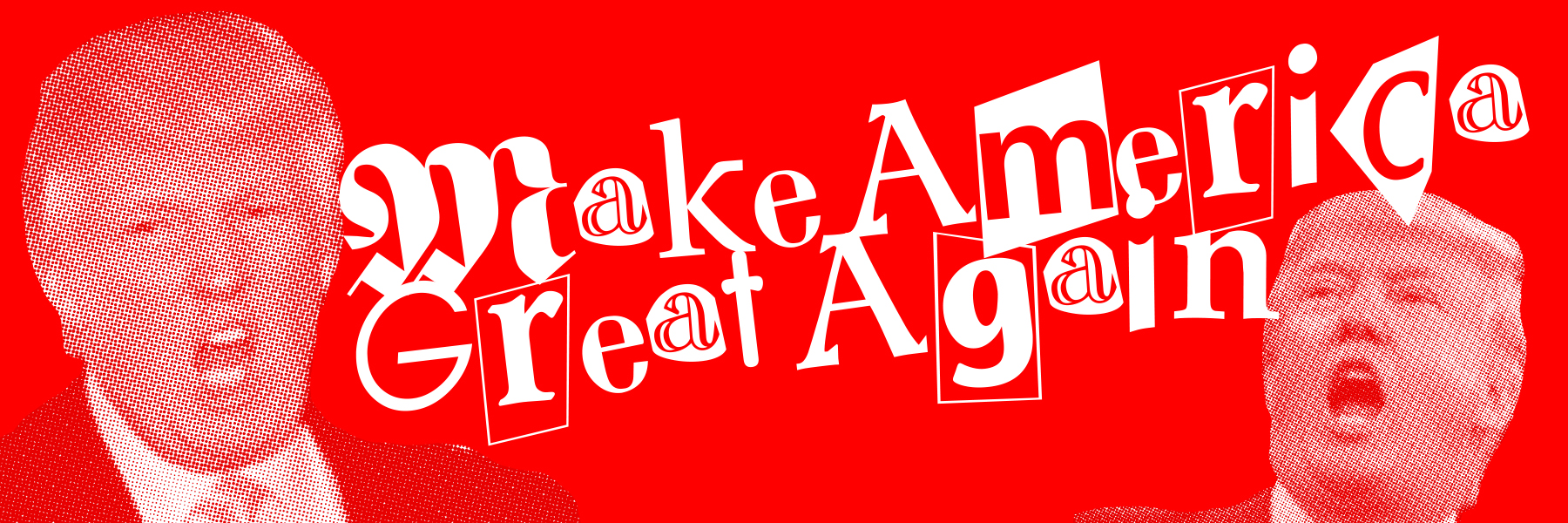A lot has happened in the past two weeks.
Donald Trump was sworn into office as the 45th President of the United States, followed by a flurry of controversial executive orders—passed in rapid succession—focused on building a wall on the Mexican border, deporting immigrants, muzzling climate science and curtailing health care and minority rights.
As Trump’s first week in the Oval Office began, I watched the news cycle unfold with a mixture of fascination and horror. I heard about acts of resistance by individuals and groups, about crowd sizes and “alternative facts.”
And yet, amid all the commentary on social media and in the news, one detail seems to have escaped notice: the fact that the United States of America is, at present, being run by an honest-to-God Batman villain.
This is no idle accusation, but one that can be linked with fact-based evidence. Let us go back to Friday, Jan. 20—Inauguration Day.
Commentators remarked on the dark tone of Trump’s inauguration speech, in which he portrayed a dark vision of contemporary America: “mothers and children trapped in poverty in our inner cities; rusted-out factories scattered like tombstones across the landscape of our nation.” The speech also mentioned “crime and gangs and drugs” as major epidemics.
It also marked the first time the phrase “American carnage” has been used in an inaugural address.
As the day wore on, a meme began making the rounds on social media. On the left side is a picture of Trump with a direct quote from his inaugural address: “Today, we are not merely transferring power from one administration to another, or from one party to another—but we are transferring power from Washington, D.C., and giving it back to you, the people.”
On the right is a picture of Bane, the villain from the 2012 film The Dark Knight Rises, with a quote from his own speech as he addresses the citizens of Gotham City: “We take Gotham from the corrupt! The rich! The oppressors of generations who have kept you down with myths of opportunity, and we give it back to you, the people.”
What does it mean that Trump quoted, almost verbatim, the speech of a supervillain from a Batman movie?
Is it significant that in the film, Bane holds the city hostage with the looming specter of nuclear annihilation?
It is a situation that is unprecedented both in the history of the United States and in the history of Batman villains. Since the advent of supervillains, none of them have ever managed to hold elected office, and no previous president has ever aspired to the role of supervillain.
Perhaps in our post-electoral fervor, with the media’s focus on Trump’s conflicts of interest, ties with Russia, fraud lawsuits and eerie parallels to totalitarian regimes, we missed this crucial connection.
And yet, we were warned.
Mark Hamill recently made headlines in a series of viral videos in which he reads Trump’s own tweets in the voice of the Joker from Batman: The Animated Series, a character he voiced for years. Was he trying to warn us that we had elected a Batman villain into the White House?
Mark, were you trying to send us a message?
Here is where my studies in narrative and literary theory may be of some practical use. If we take for a given that the country is being run by a Batman villain, there are two crucial questions we must ask ourselves:
1) Which incarnation of Batman have we found ourselves in?
2) Which Batman villain, in particular, does Trump embody?
These are no idle questions, but ones that can help us navigate a course of action for the next four years.
Are we in the Christopher Nolan incarnation of Batman, a dark and quasi-apocalyptic vision of Gotham? Or is this closer to, say, an Adam West version of Batman, with cartoon explosions and a campy theme song? Are there nipples on the Batsuit, which would imply a George Clooney Batman?
Each of these possibilities precludes a set of rules and narrative tropes that should govern our actions, our agency in resisting and, perhaps, the expected outcome.
The question over what villain Trump embodies is also significant because this will determine his motivations, his methodology, his strengths and weaknesses. It may also determine whether President Trump will be defeated by falling over the balcony of Trump Tower in the climactic scene, or whether he will escape via helicopter into the night, shaking his fist at the American people and vowing to return to exact his revenge.
As Trump’s first 100 days in office unfold, with increasing resistance by civil rights advocates and the public at large, we would do well to consider these questions. In the end, though, we will be the ones who decide what version of the story we are living through and how to shape the narrative of the Trump presidency and its significance for the country.
Personally, I’m holding out for nipples on the Batsuit. But the actual narrative of the next four years is yet to be written, and it will be done by all of us.






